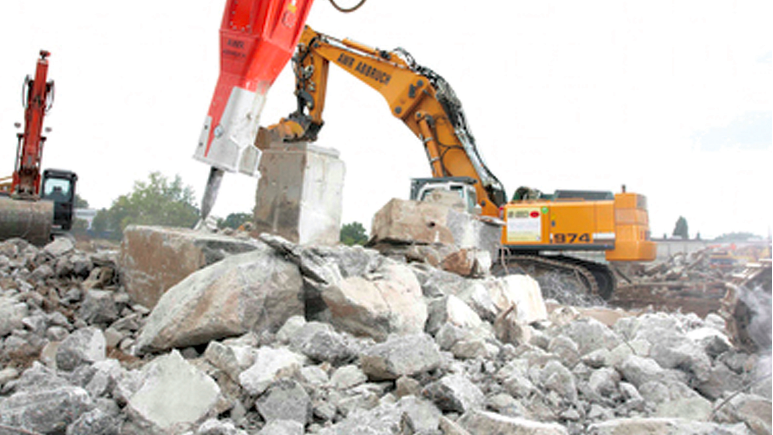Engineers in UK working on zero emission cement have discovered waste cement can be used to recycle steel and claim early tests are encouraging
A year after scientist first revealed the possibility of using waste cement to recycle steel, a test steel melt has been carried out in the north of England.
The trial melt has been carried out at the Material Processing Institute’s electric arc furnace in Teesside, UK and three more are planned before it is handed over to big industry for large scale tests.
According to a report last week the US$7.9m Cement 2 Zero project is looking to scale up the process first discovered by engineers at University of Cambridge. Boffins found that lime flux, used in electric arc furnaces to recycle steel, has a similar composition to waste cement paste. Lime flux is added to the electric arc furnace during steel recycling where it removes impurities and forms a slag.
Engineers believe that this new process could convert construction and demolition waste into recycled cement clinker using furnaces that are recycling scrap steel.
The trial has used flux material containing waste cement processed by Day Aggregates, and scrap steel provided by Celsa, according to The Chemical Engineer who spoke with Chris McDonald, CEO at the Materials Processing Institute.
He told the website: “Until now the research has been at a laboratory scale. The institute having a seven-tonne EAF has enabled this next scale up phase of development and testing to take place. The preliminary findings are encouraging in terms of providing the project team with a much greater understanding of the process and how it can be improved and scaled.”
The report said that once the remaining three trials are conducted, Celsa plans to carry out industrial-scale melts at its electric arc furnace in Cardiff. In the meantime, project partners Balfour Beatty and Atkins are defining testing protocols for the materials produced from the trials.
McDonald, who is a chemical engineer and member of IChemE, said: “The initial trial melt is a critical part of the project and a huge step towards creating a more efficient, environmentally friendly, and resource conscious manufacturing process contributing to the decarbonisation of the construction, cement and steel sectors.”
Discover more on this story HERE
Read more Decarbonisation Industry News HERE





